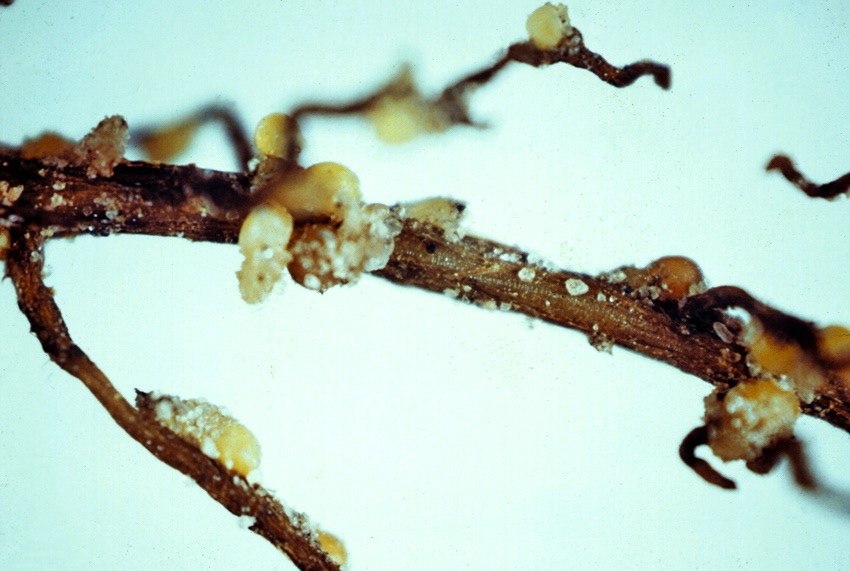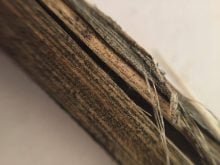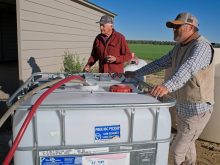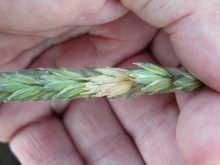The soybean cyst nematode is the number one yield robber in soybean crops in Ontario and the U.S. This parasitic roundworm has been in North America since the mid-1950s, with the first detection in North Carolina, says Albert Tenuta, provincial field crop pathologist with the Ontario Ministry of Agriculture, Food and Rural Affairs. Since then it has spread through the southeastern U.S. and through the Mississippi Valley, “to the point now that all soybean producing states have soybean cyst nematode.” It was first detected in Ontario in 1988 and has been found along the Quebec-Ontario border.
Read Also
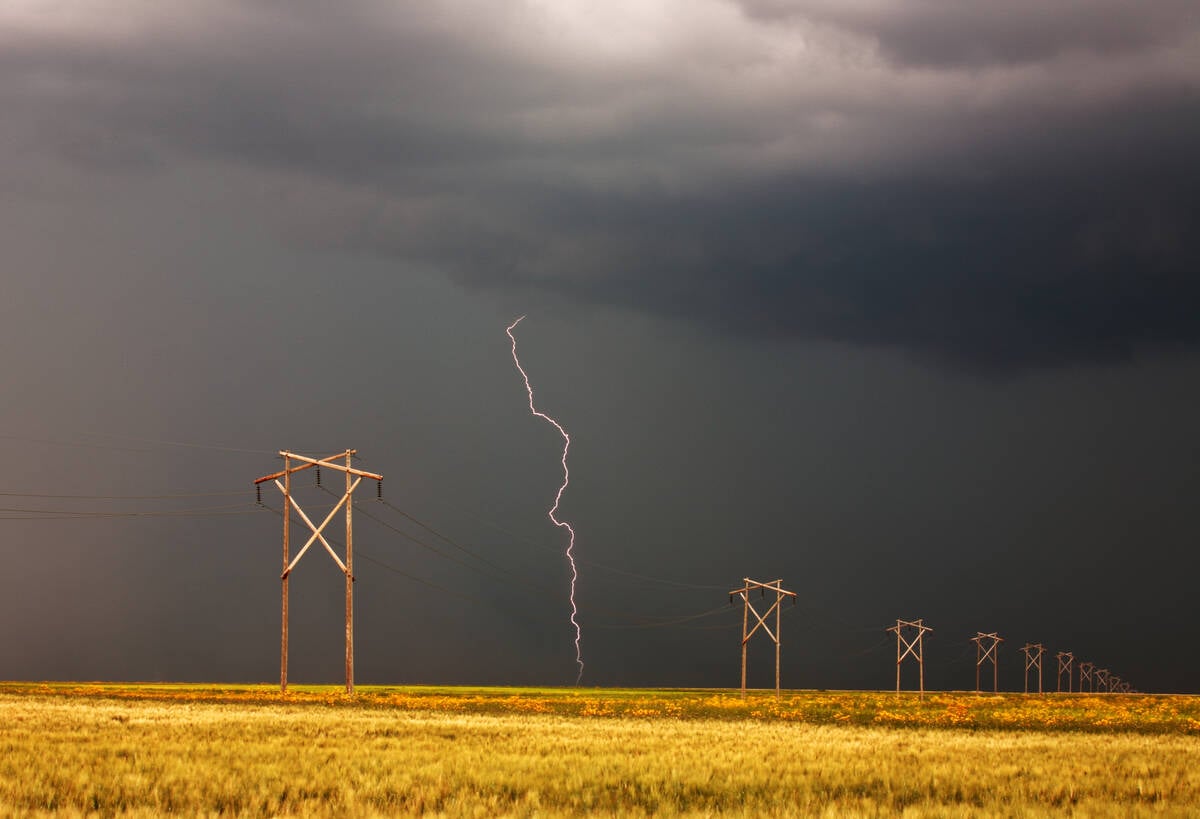
Lightning gives and takes in Prairie fields
Lightning in fields can be a source of nitrogen but at times can result in crop damage which, at a glance, resembles a very localized disease outbreak, plant pathologist Ieuan Evans writes.
“Soybean cyst nematode moves with soil, any method by which you can move soil, you can move it,” says Tenuta. From equipment moving to migratory birds to wind erosion, if the soil moves, the cyst nematode moves.
Soybean cyst nematode, says Tenuta, can be managed, but growers need to be on the lookout for unexplained significant yield losses “that can’t be blamed on any one thing” prior to it being detected in the soil, as the pathogen can be present for many years prior to detection.
If you fear cyst nematode could be an issue, look at your fields: is there waviness, a lack of levelness across the field? This could be caused by a number of other issues, like nutrient deficiency, unbalanced PH levels, and more, so it is important, says Tenuta, to determine the cause. “One of the most important things is to dig up those plants and examine the roots. Look for the cysts on the roots, they can be seen easily with your eyes.”
Early detection is key because “the lower the population, the easier it is to manage.” Untreated, the cyst nematode will gain traction. Prairie growers are in a good position, says Tenuta, because while it is a “matter of when not if” the disease will spread to soybean producing provinces, it hasn’t yet been found yet in the West.
Coming to your field soon
Albert’s brother, Mario Tenuta, is a Professor of Applied Soil Ecology at the University of Manitoba. He says, “soybean cyst nematode is present in several counties across the Manitoba/North Dakota Border. It is very clear that soybean cyst nematode will eventually be found in Manitoba. The pest will be introduced to Manitoba by floodwater, wind, birds and/or soil on machinery and vehicles. With a longer history of soybean cultivation in Manitoba, the pest will then build to levels detectable in surveys and/or causing visible disease symptoms.”
Being proactive is important, says Albert Tenuta. When it is found in the Prairies, growers will have the advantage of cyst nematode resistant varieties of seed, which Ontario growers didn’t have 25 years ago. “The cornerstone of effective cyst nematode management begins with resistant varieties,” says Albert Tenuta. “Those will help limit the amount of reproduction on the roots.”
You can’t overuse a particular variety, though, because no variety is 100 per cent effective against the disease. Rotation is also key. Prairie producers have the advantage here, says Albert Tenuta, because they have many different crops in their rotations than Ontario growers. (Some pulses can be hosts for cyst nematode, so be careful with those.) There are also some new seed treatment nematicides coming out which will “help suppress the reproduction on the roots on our resistant varieties.”
The first fields to see soybean cyst nematode will likely have lower populations and won’t see a significant yield hit, says Albert Tenuta.
Interestingly, the most common symptom of the disease is no aboveground symptoms at all, says Albert Tenuta, so growers along the North Dakota border and the Red River Valley — places more susceptible due to proximity to the disease — need “to be digging plants up every year and examining the roots. By the time you start seeing the visual symptoms — stunted plants, yellowing of those plants, a lot of weed escapees — in many cases growers are looking at a 20 to 30 per cent yield reduction.” Fungicides won’t do anything for cyst nematodes, says Albert Tenuta, but there will likely be more nematicides coming out down the line. One of the most important things to know is that “once cyst nematode is present, you’re not going to eliminate it, it’s a matter of managing it and managing it well.”
Albert Tenuta says he wishes Ontario had the management tools available today 25 years ago when cyst nematode was making inroads in that province’s soybean crops. If Prairie productions are vigilant, they can avoid the 50 to 70 per cent crop reduction that Ontario crops suffered from in the early days.

